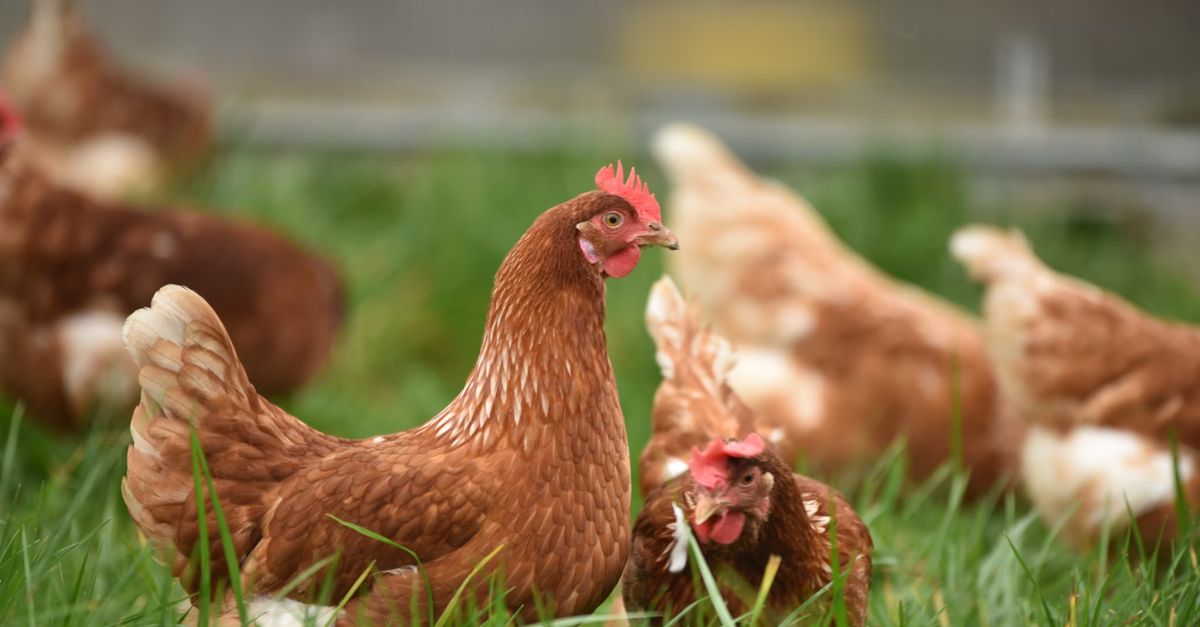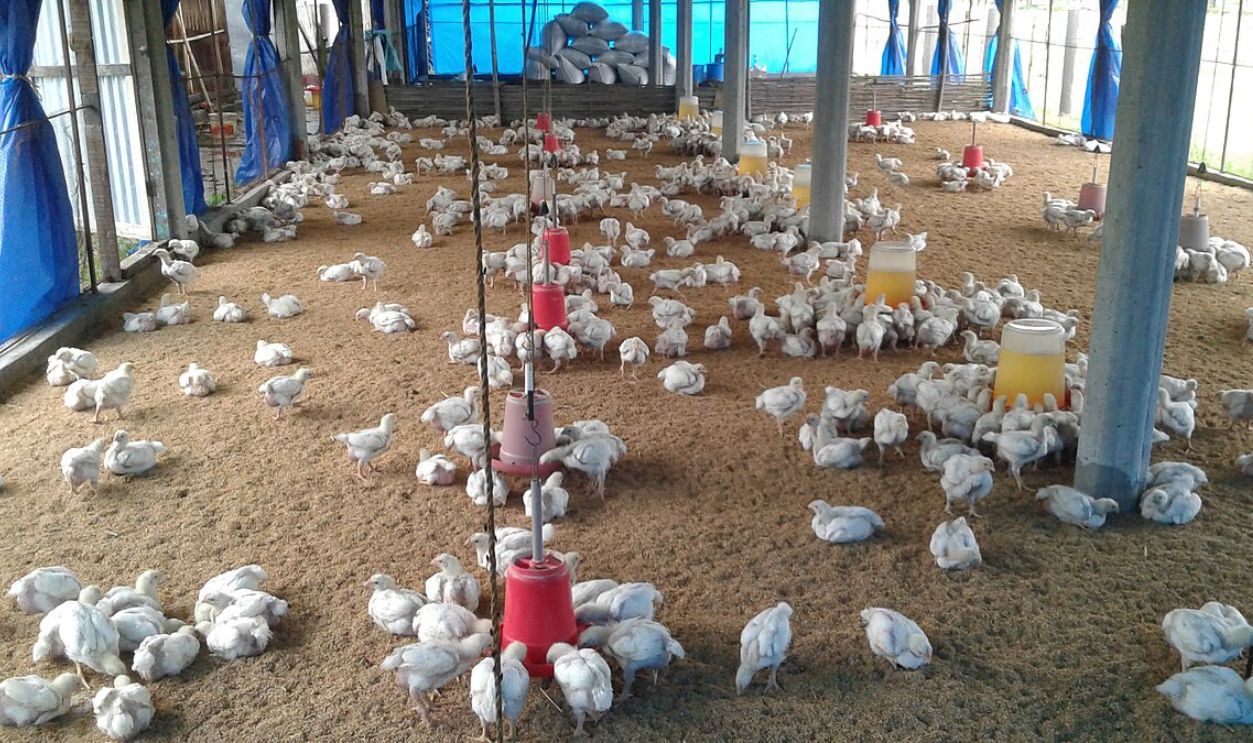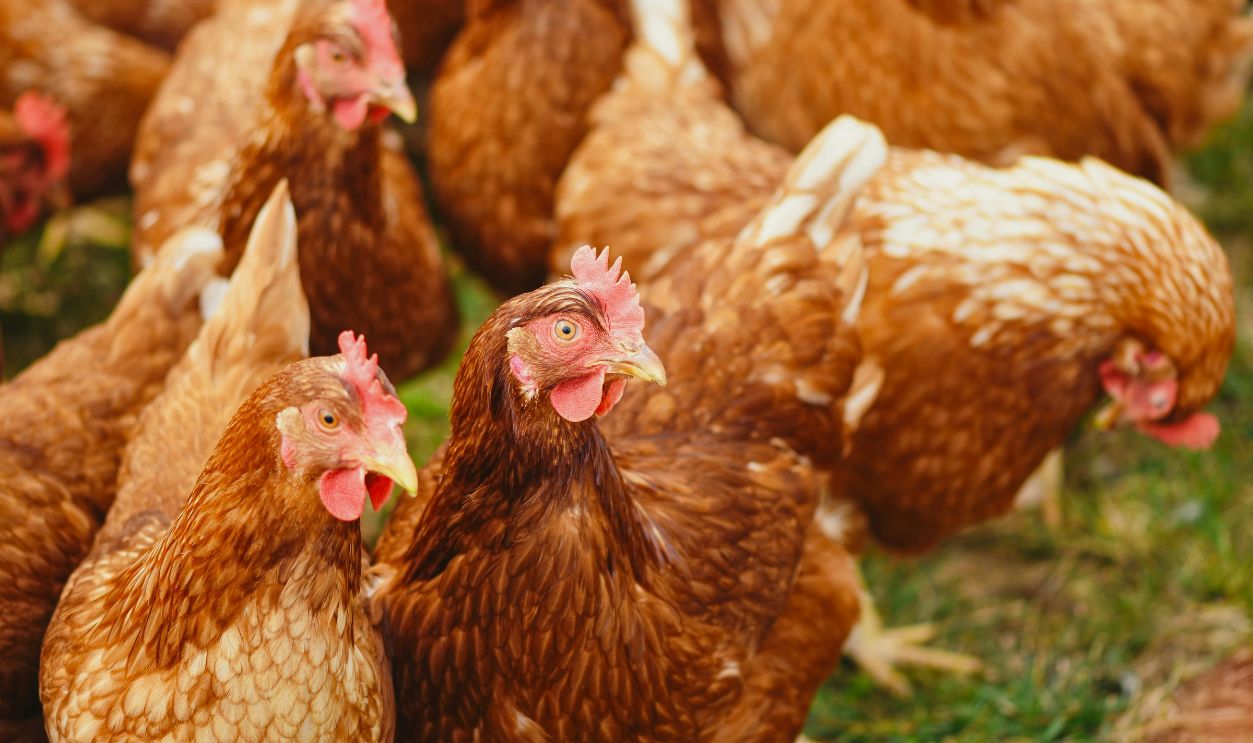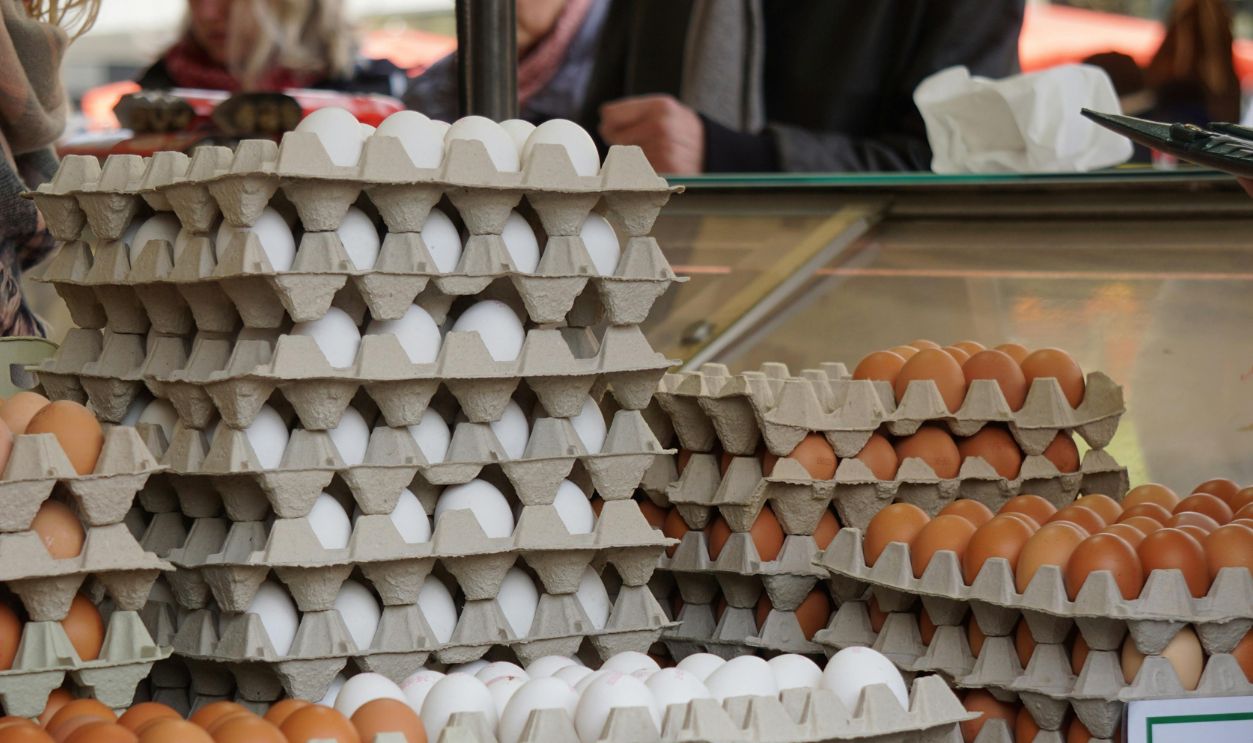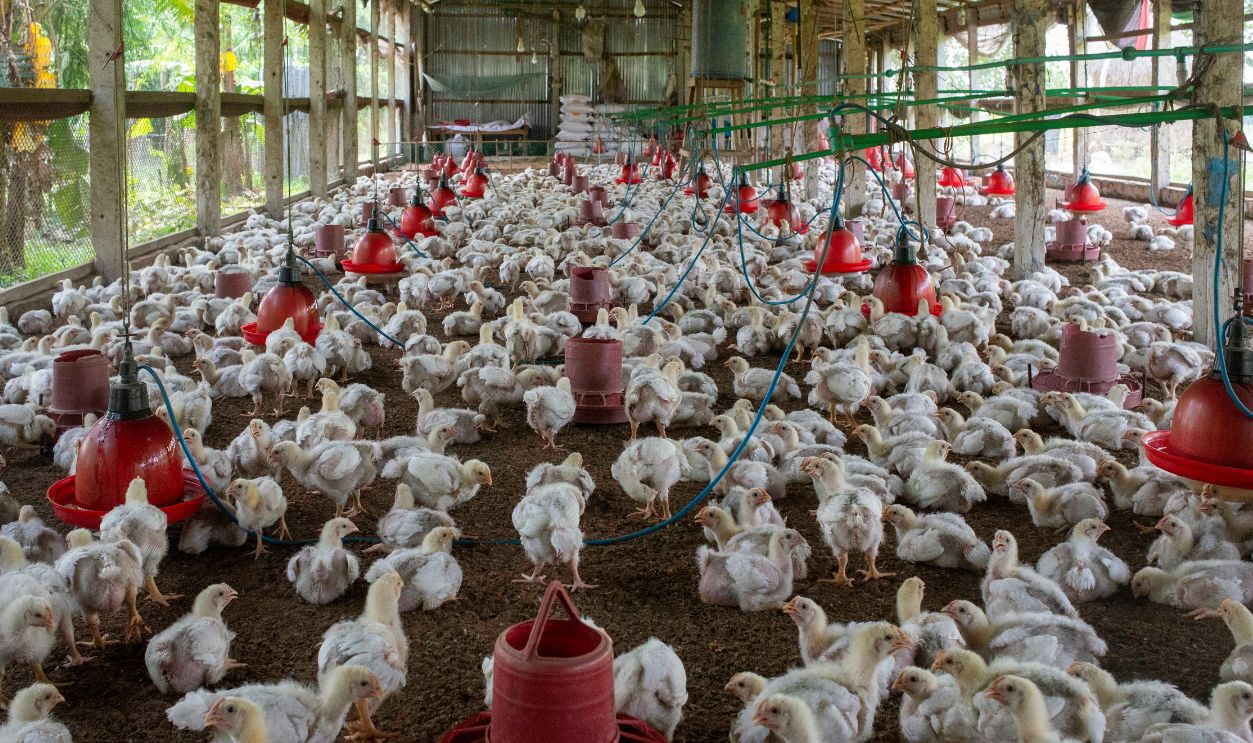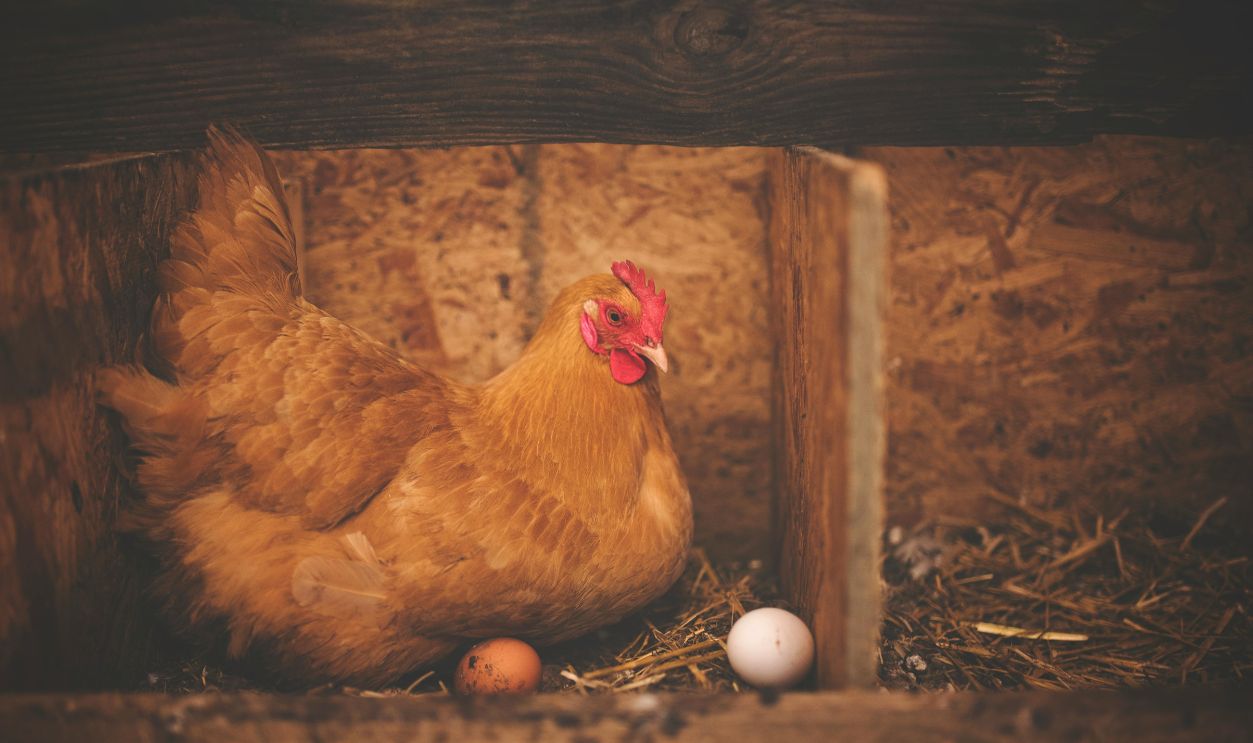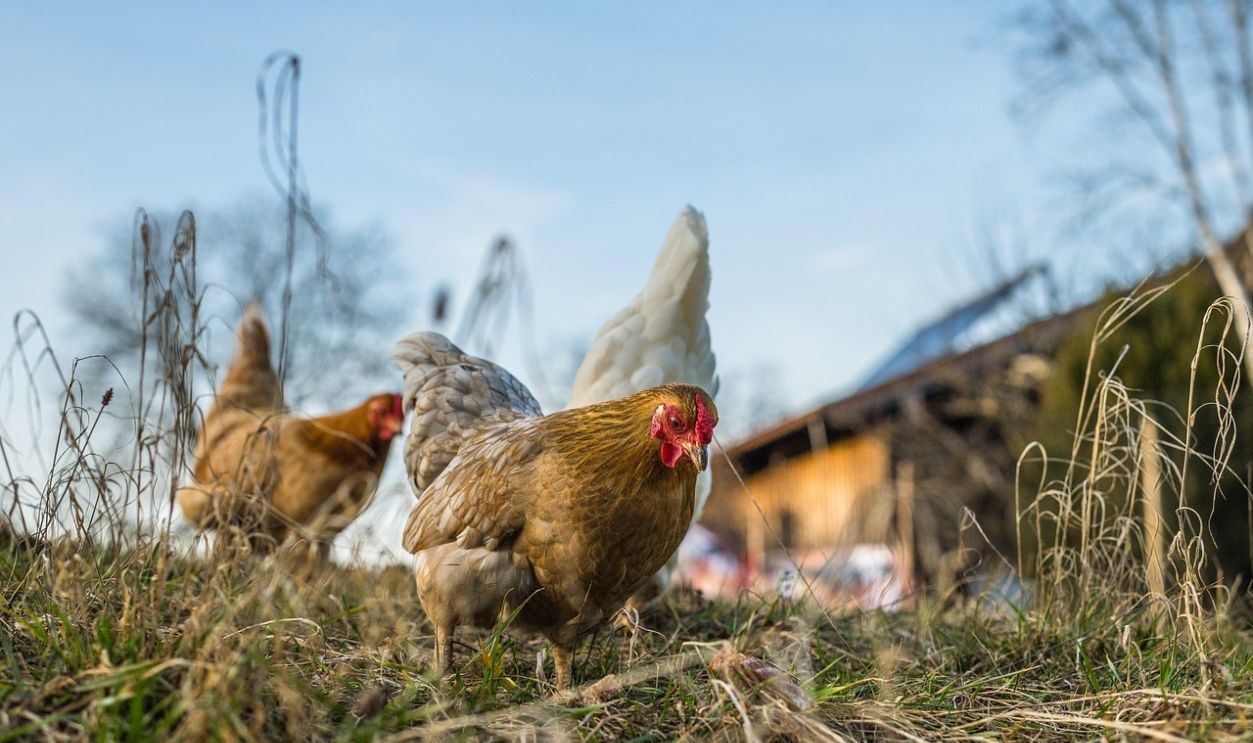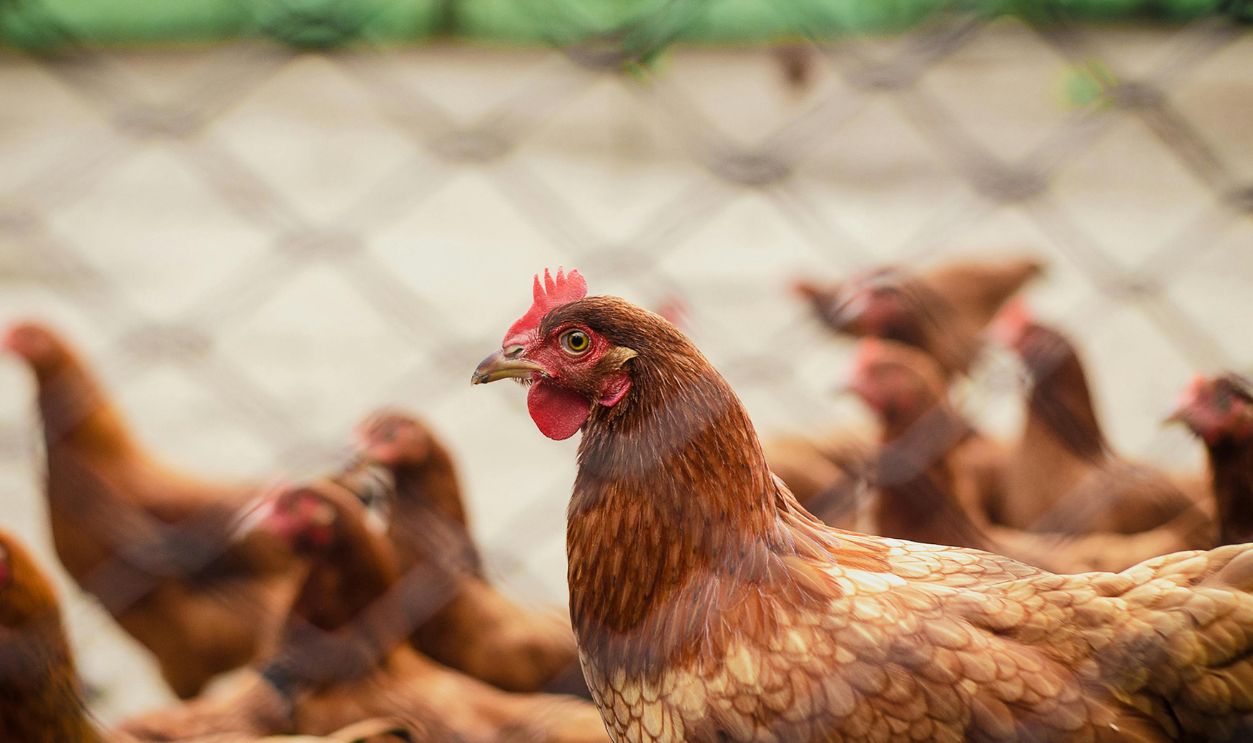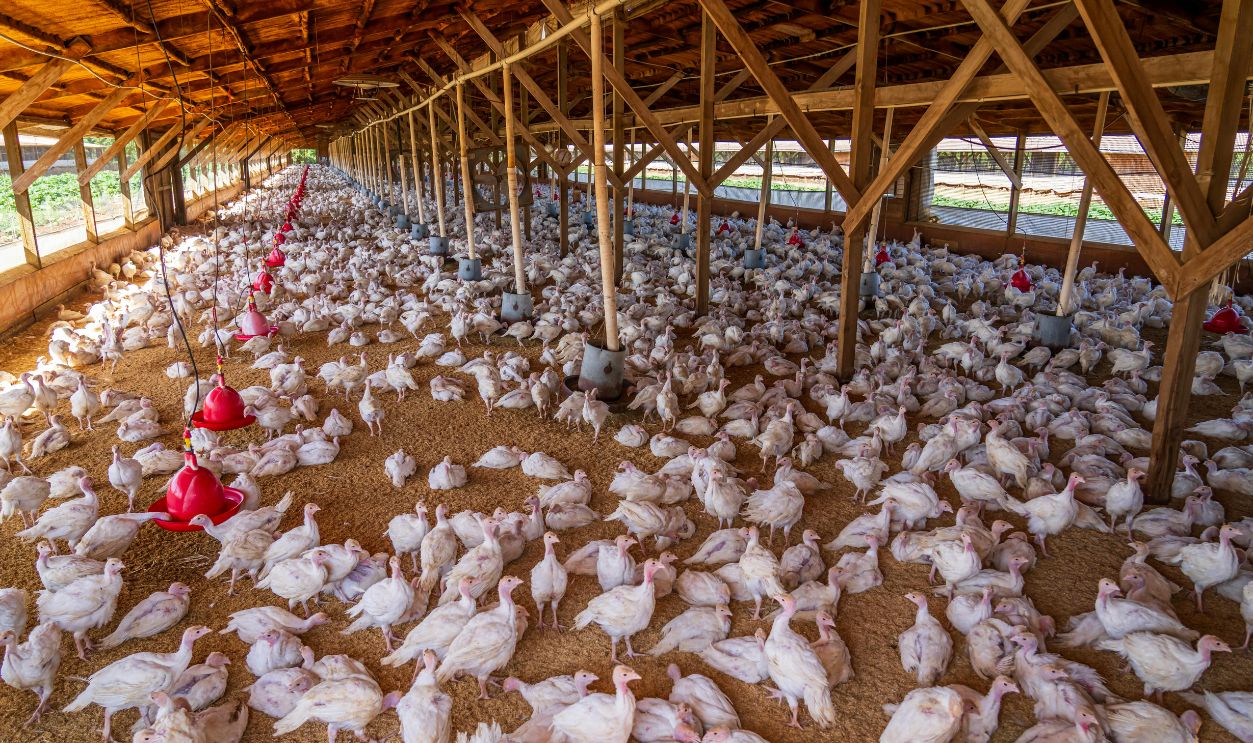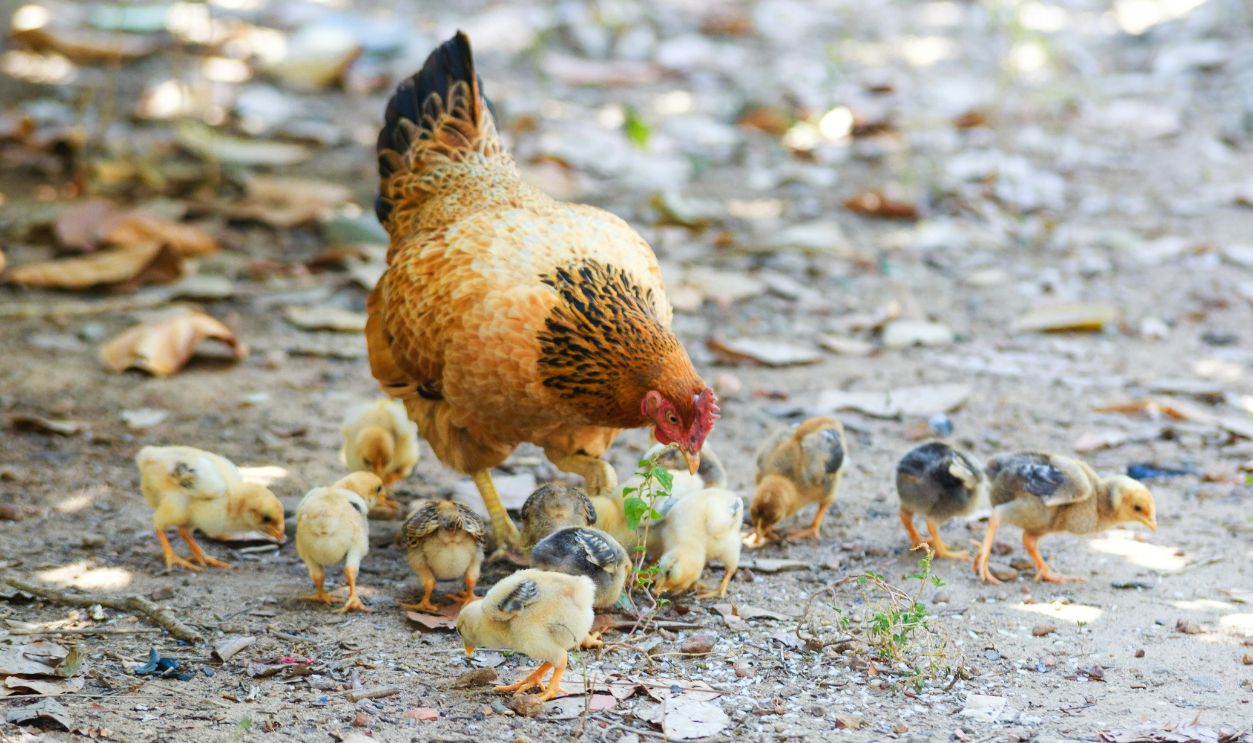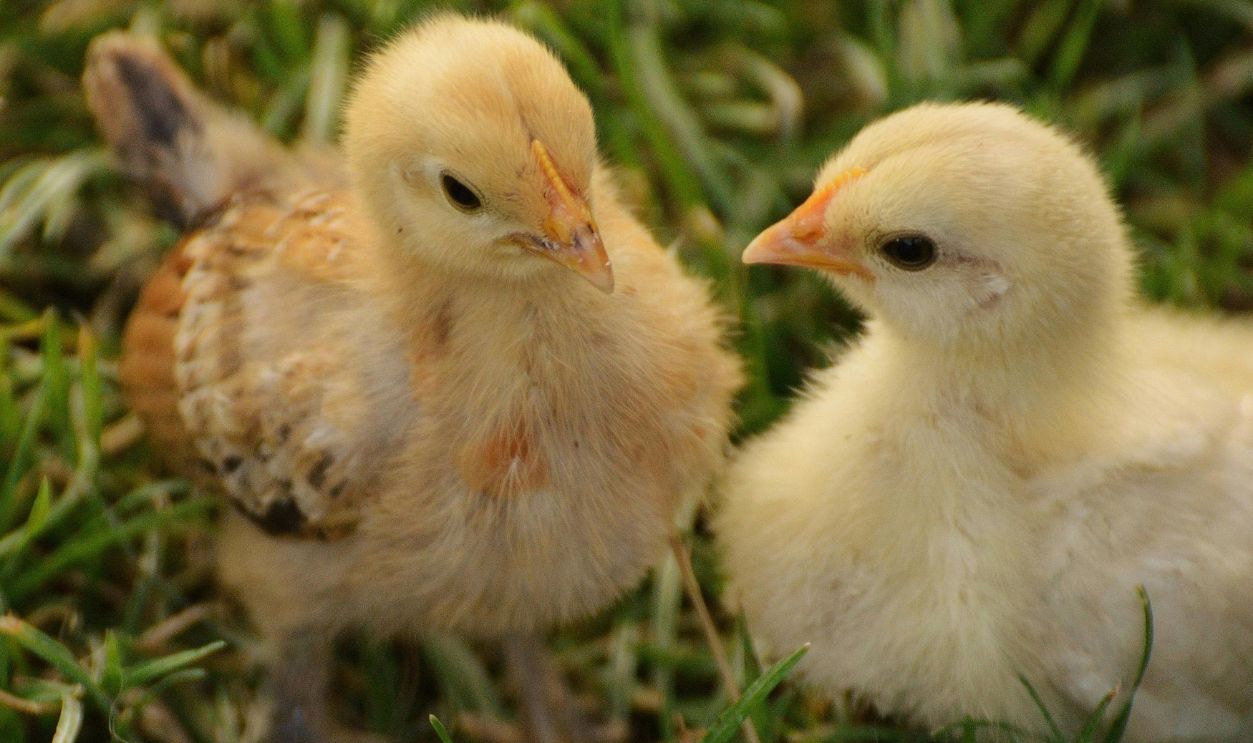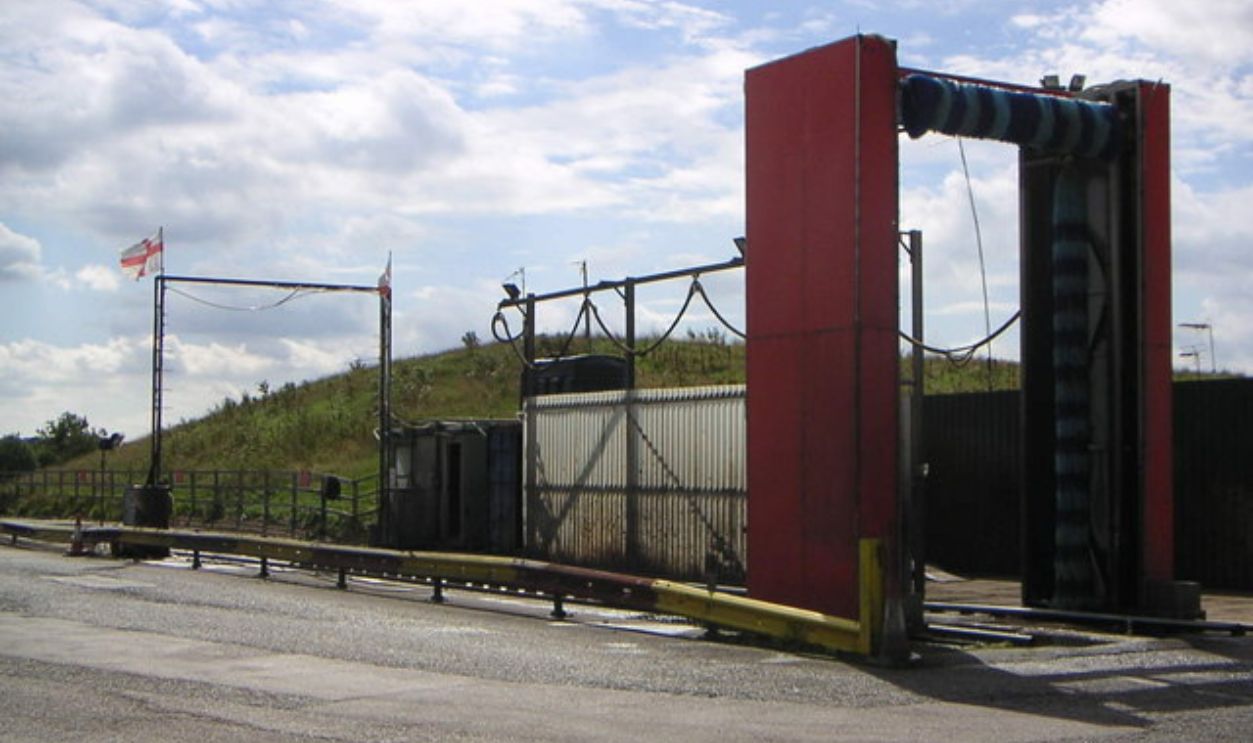Egg Supply Disruptions
For over two years, farmers have been battling a deadly strain of bird flu that keeps disrupting the US egg supply. Ongoing large-scale outbreaks across several states have severely affected the US flock of egg-laying hens. With supplies limited, shoppers have experienced skyrocketing prices.

Bird Flu Drives Costs
While the pandemic continues to impact business and inflation has its toll on a variety of goods, the real reason behind increasing egg prices reportedly is the outbreak of H5N1, which is a very contagious and deadly strain of bird flu.
 NIAID, CC BY 2.0, Wikimedia Commons
NIAID, CC BY 2.0, Wikimedia Commons
Effect On Poultry
This began in early 2022 and became (for a short period) the largest bird flu outbreak in US history. About 156 million birds in the US are currently affected since January 2022, according to the Centers for Disease Control and Prevention and USDA.
Egg Production Takes Hit
This flu has affected millions of laying hens, based on data from the US Department of Agriculture’s Animal and Plant Health Inspection Service. During an outbreak, USDA policy requires egg producers to cull their flocks, which impacts the number of eggs available in grocery stores.
Massive Impact On Hens In Ohio
In the last quarter alone, more than 10 million egg-laying hens were impacted by the virus. The outbreaks affected various states, with one state accounting for nearly half of the total losses. Ohio egg producers reported outbreaks in December and January that impacted almost 10 million egg-laying hens.
Strong Demand, Limited Supply
In general, when egg supplies shrink, prices go up. There are two main reasons for this: First, even with high prices, consumer demand for eggs has stayed strong. When supply can’t keep up with demand, prices naturally rise.
Egg Price Adjustment
The second reason is that the limited supply of eggs has forced grocery stores to change how they price them. In the past, retailers often kept egg prices low, sometimes even selling them for less than what they paid wholesale because eggs helped attract shoppers.
 What is causing egg prices to be so high? by KPRC 2 Click2Houston
What is causing egg prices to be so high? by KPRC 2 Click2Houston
Retailers Balance Price And Supply
But now, if stores price eggs too low, they could sell out quickly, which leads to empty shelves and frustrated shoppers who might leave without buying anything. To prevent this, retailers set prices at levels that help keep eggs in stock as much as possible.
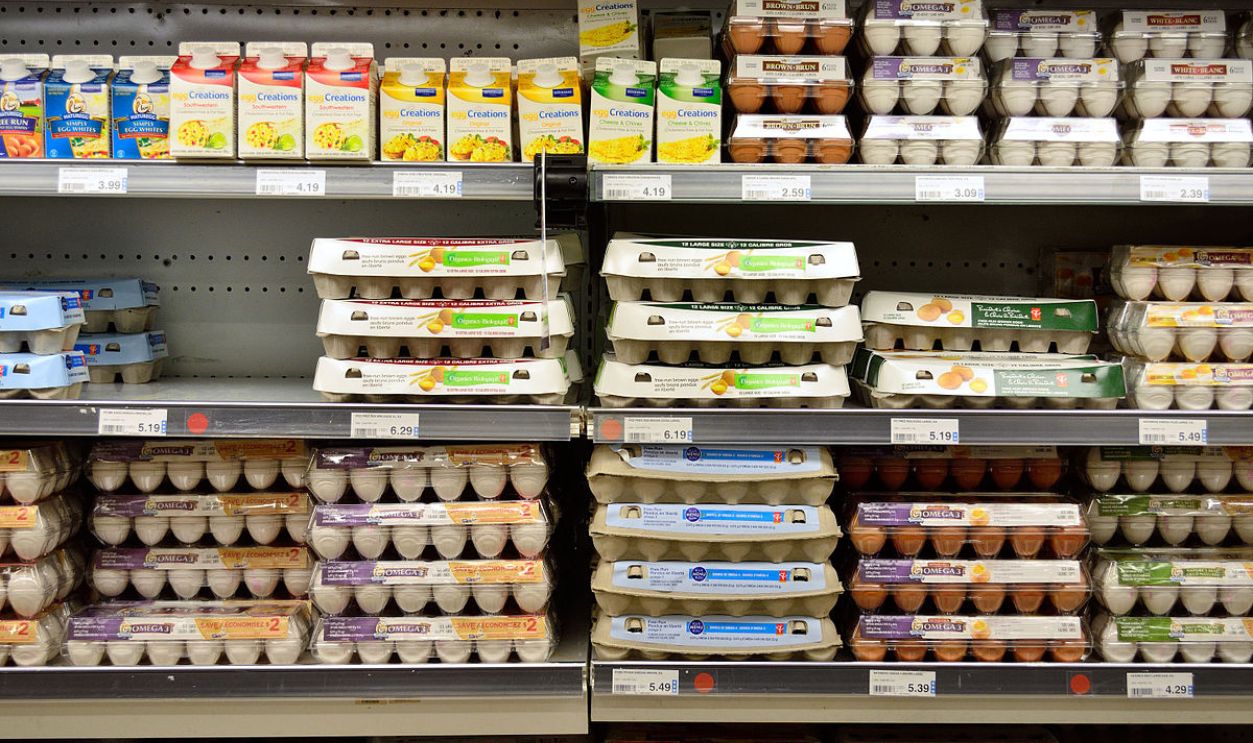 Raysonho @ Open Grid Scheduler / Grid Engine, Wikimedia Commons
Raysonho @ Open Grid Scheduler / Grid Engine, Wikimedia Commons
Unstable Prices Amid Outbreaks
Prices will remain volatile until producers can rebuild their flocks and recover egg production levels. But that's hard to do when the virus remains out of control. Major US egg producers continue to report new bird flu cases affecting flocks around the country.
New Outbreaks Hit 10 States
Since October, when the latest wave of outbreaks started, bird flu has been reported in 10 states, namely California, Arizona, Indiana, Missouri, Iowa, North Carolina, Oregon, Ohio, Utah, and Washington. It has impacted millions of egg-laying hens across these states.
Loss In Hen Population
The USDA reports that the total US egg-laying hen population is about 303.4 million. That means in four months, producers have lost nearly 13.5% of the country's egg-laying hens. Let’s dive deeper into the matter in the next slides.
Animal Welfare Drives Change
In 2025, eight states (Arizona, Colorado, California, Massachusetts, Nevada, Michigan, Oregon, and Washington) have laws in place that prohibit the production and sale of conventional eggs for animal welfare reasons. Major national retailers, such as Trader Joe’s and Whole Foods, have also made similar commitments.
Impact In 2024
Many of those states recently faced significant bird flu outbreaks. In fact, bird flu had a bigger impact on cage-free egg layers in 2024. While about a third of US egg layers are cage-free hens, they accounted for nearly 60% of all bird flu cases that year.
Slow Recovery
This means that, besides having fewer cage-free eggs, which, as mentioned before, leads to higher prices, it also has a bearing on how fast supplies can bounce back, which is an issue that is unique to cage-free eggs.
Limited Sources For Compliant Eggs
There are already fewer sources for cage-free eggs. On top of that, in areas where cage-free egg laws are in place, retailers often face challenges finding new suppliers that meet the specific regulations they must follow.
Shoppers Face Higher Prices
As a consequence, grocery shoppers who reside in states or shop in stores where the sale of conventional eggs is prohibited are most likely to face higher prices, experience quantity restrictions, and encounter temporary shortages of eggs.
 Which Type of Eggs Should You Buy? by Inside Edition
Which Type of Eggs Should You Buy? by Inside Edition
Egg Prices Outpace Inflation
Egg prices are soaring faster than inflation. Americans already spend a lot on food, so this will be an added burden. According to CBS News's price tracker, the average cost of a dozen eggs during December 2024 was more than 60% higher than the previous year.
Egg Surcharge
In response to the fluctuating egg prices, Waffle House is adding a 50-cent surcharge per egg to customers’ bills. The Georgia-based chain told CNN that it is closely monitoring egg prices and will adjust or remove the extra charge depending on market conditions.
Egg Shortage Forces Tough Choices
Waffle House added that the ongoing egg shortage due to HPAI (bird flu) has led to a sharp increase in egg prices. The chain went on to say that both customers and restaurants are being forced to make tough choices.
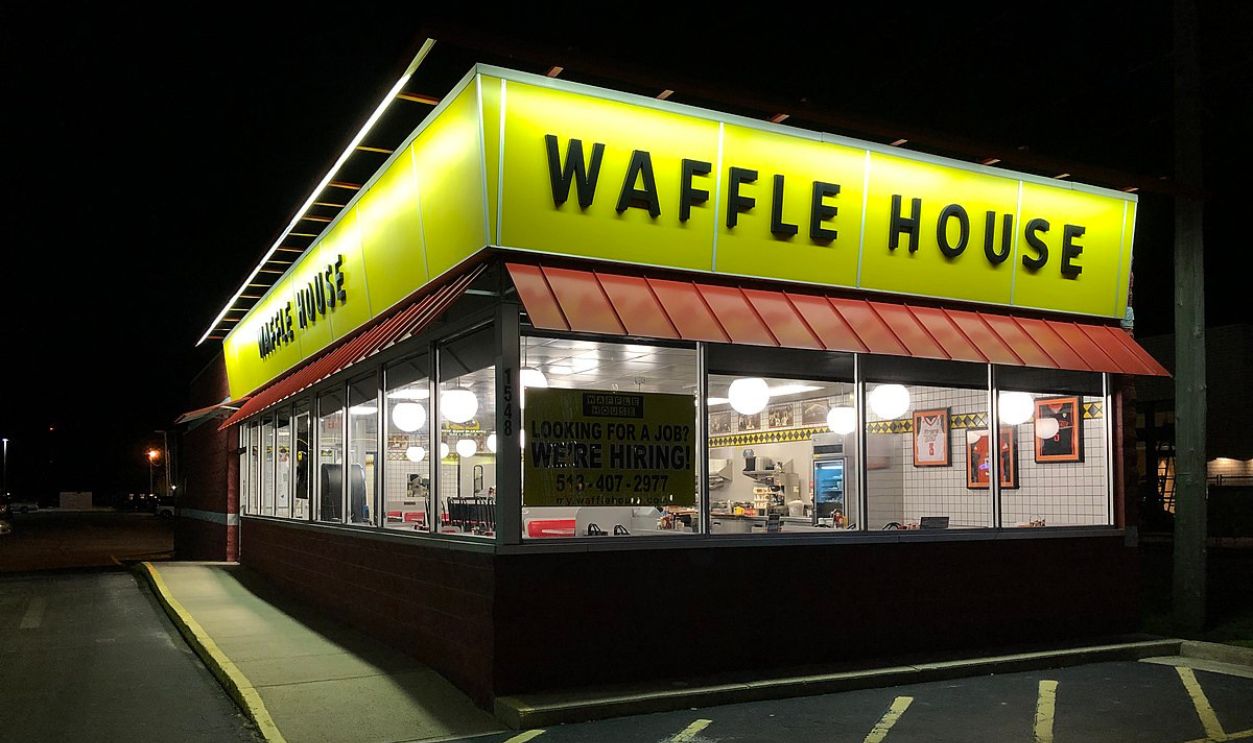 Mbrickn, CC SA 4.0, Wikimedia Commons
Mbrickn, CC SA 4.0, Wikimedia Commons
Egg Shortages Limit Store Options
Mike Vickers, a manager at Sentyrz Liquor & Supermarket in Minneapolis, told AP News that he can’t even stock organic, cage-free, or brown eggs at the moment and is limited to selling large or jumbo eggs. He empathizes with the frustration customers are experiencing.
Bird Flu Devastates Farmers
Bird flu outbreaks causing disturbances in the country's egg supplies are highly destructive to affected farmers. Once the virus is confirmed, the entire flock must be slaughtered to ensure that the spread of the virus is controlled. Restocking the supplies becomes a challenge as well.
Recovery Takes Months To Restore Supply
A spokesperson for the American Egg Board told CBS MoneyWatch that it takes roughly 19–20 weeks for hens to start laying eggs in newly repopulated barns, and that’s only one step in a lengthy recovery process. They added that Bird flu is incredibly damaging to an egg farm.
Lengthy Process Before Producing Eggs Again
The spokesperson went on to say that when a farm is hit by HPAI, it must go through a thorough and lengthy process that includes several steps and government approvals before it can start repopulating with new flocks and get back to producing eggs.
Lengthy Process Before Producing Eggs Again (Cont.)
According to them, this process can take anywhere from nine months to over a year. Large egg farms, which often house over 1 million chickens, can face a supply shortage from just a few infections.
Farmers Implement Strict Biosecurity Measures
Farmers have taken extensive measures to protect their flocks. Many poultry farms have reportedly set up truck washes to disinfect vehicles entering the property and require workers to shower and change clothes before entering a barn.

